The Richmond Project Continues
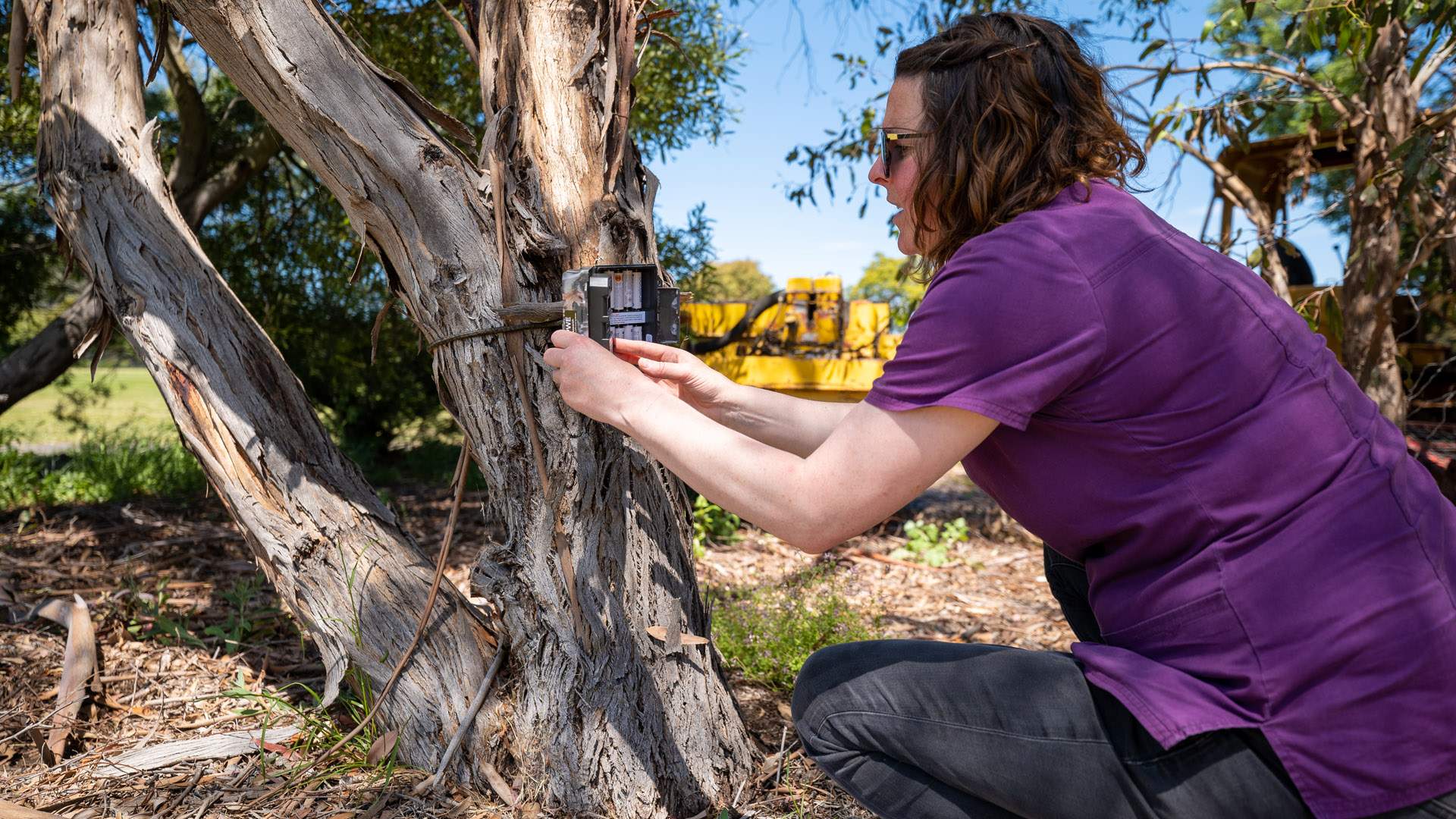
ARTICLE BY: Dr Tess Viesnik, Ten Lives Head Veterinarian
Last year we launched a pilot program exploring cat management options within the community. This new model of cat management aims to solve the problem at the source rather than just reacting to it by accepting endless numbers of stray cats at the shelter year after year. The lessons learnt from the Bruny Island cat management project, that has been running for the last five years, were incorporated into a plan to tackle the cat problem in the hotspot of Richmond. Previous articles explored the Bruny Island project and background to the Richmond project, this article is an update from on the ground in Richmond.
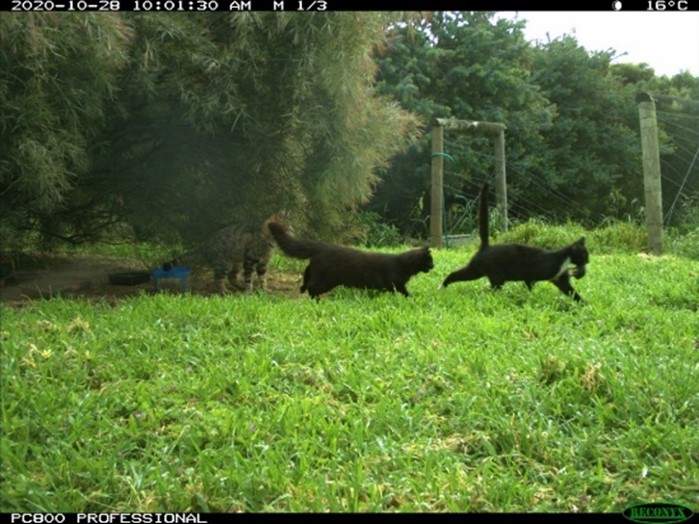
Defining the cat population
After gathering results from a survey of the Richmond community and spending time talking to people within the community, we felt we were starting to understand the cat population in and around the town. To better visualise this DPIPWE generously lent us eight wildlife cameras that we set up in three key locations. The first location was the township itself, the second was farmland, and the third was a native garden on the outskirts of town. The cameras were left in place for 5 weeks.
Images from the centre of town were particularly striking. The camera here focused on an area where stray cats had been getting fed for many years, on private property but also in the adjacent native community garden. The result was a colony of around 15 or so, mostly undesexed cats. Two litters of kittens were born while the cameras were in place with pictures being taken of mothers moving neonates and later of six different kittens playing together. The cameras in other locations were picking up smaller numbers of cats, between 1 and 5. The only camera that did not capture any cat images was an ungrazed bush block on one of our farms. The owners of this farm have been very active with cat management for the last three decades.
Microchipping day
Before we started trapping any cats, we wanted to give the community the opportunity to have their owned cats microchipped. Microchipping is the most reliable method of pet identification. If a pet cat does happen to get trapped, we can return it to the owners immediately if it is microchipped. The Richmond hall was hired, and Clarence City Council donated some microchips to be used on the day.
Cat feeders
We actively discourage people from feeding undesexed cats. The colony of cats in the centre of town existed there purely due to the huge quantities of food being placed out for them every day. We managed to stop food being left in this location. Unfortunately, undesexed cats are still being fed in other areas of town. It is an ongoing aim to try and change this behaviour. If cats are being fed, at the very least they should be desexed, so the population does not continue to grow and get out of hand.
Trapping
Two dedicated volunteers living in Richmond trapped 26 cats from the colony in the centre of Richmond. The six kittens mentioned earlier were all able to be placed in foster care and have all since been adopted from the centre. They were young enough to accept handling and although initially they were very timid and malnourished, they quickly acclimatised to living with people. If left to grow up on the streets some of these kittens would not have survived. The ones that did would have had a difficult life producing many kittens of their own. We used wildlife cameras borrowed from Landcare to monitor the trapping efforts. Trapping ceased once all cats from the colony had been removed.
Solving the problem
We are aiming for zero stray cats in the township of Richmond. This will take an ongoing sustained effort reducing the food being provided to undesexed animals and trapping of existing undesexed cats. Education surrounding responsible cat ownership is also paramount. This is what we will be working towards over the next six months. We will be encouraging the Clarence Council to get involved and support us with this aim.
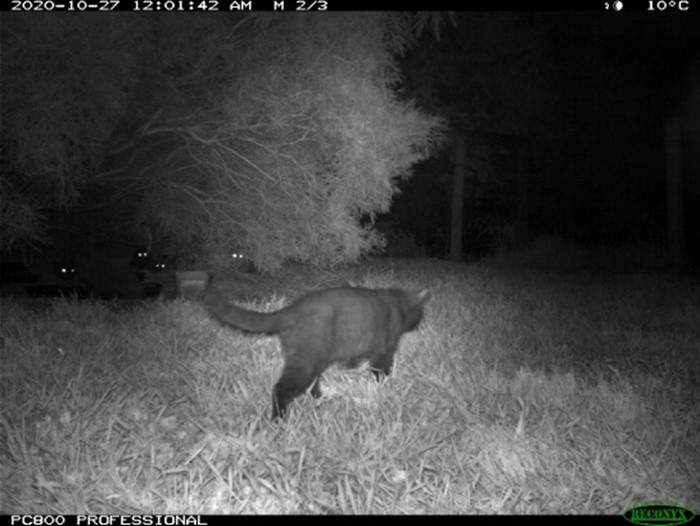
Can you spot the 5 cats in this picture?
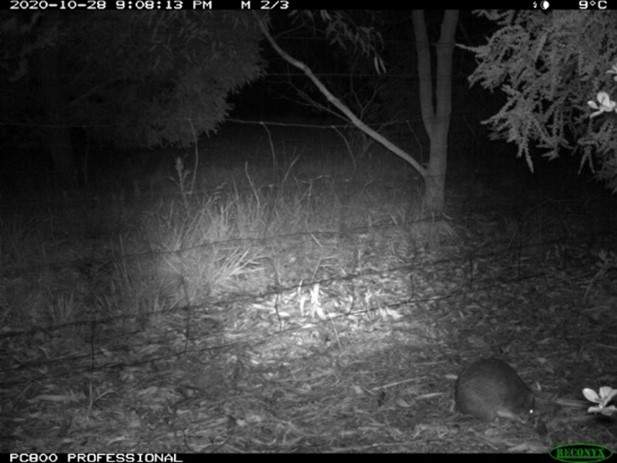
A bandicoot in the native garden on
the outskirts of Richmond where stray/ domestic cats were frequently visiting.
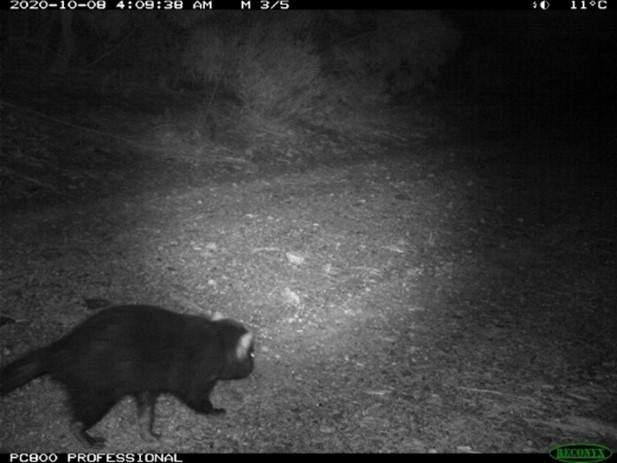
A Tassie devil captured on the camera
placed on the un-grazed bush block.
“We actively discourage people from feeding undesexed cats. The colony of cats in the centre of town existed there purely due to the huge quantities of food being placed out for them every day.”
